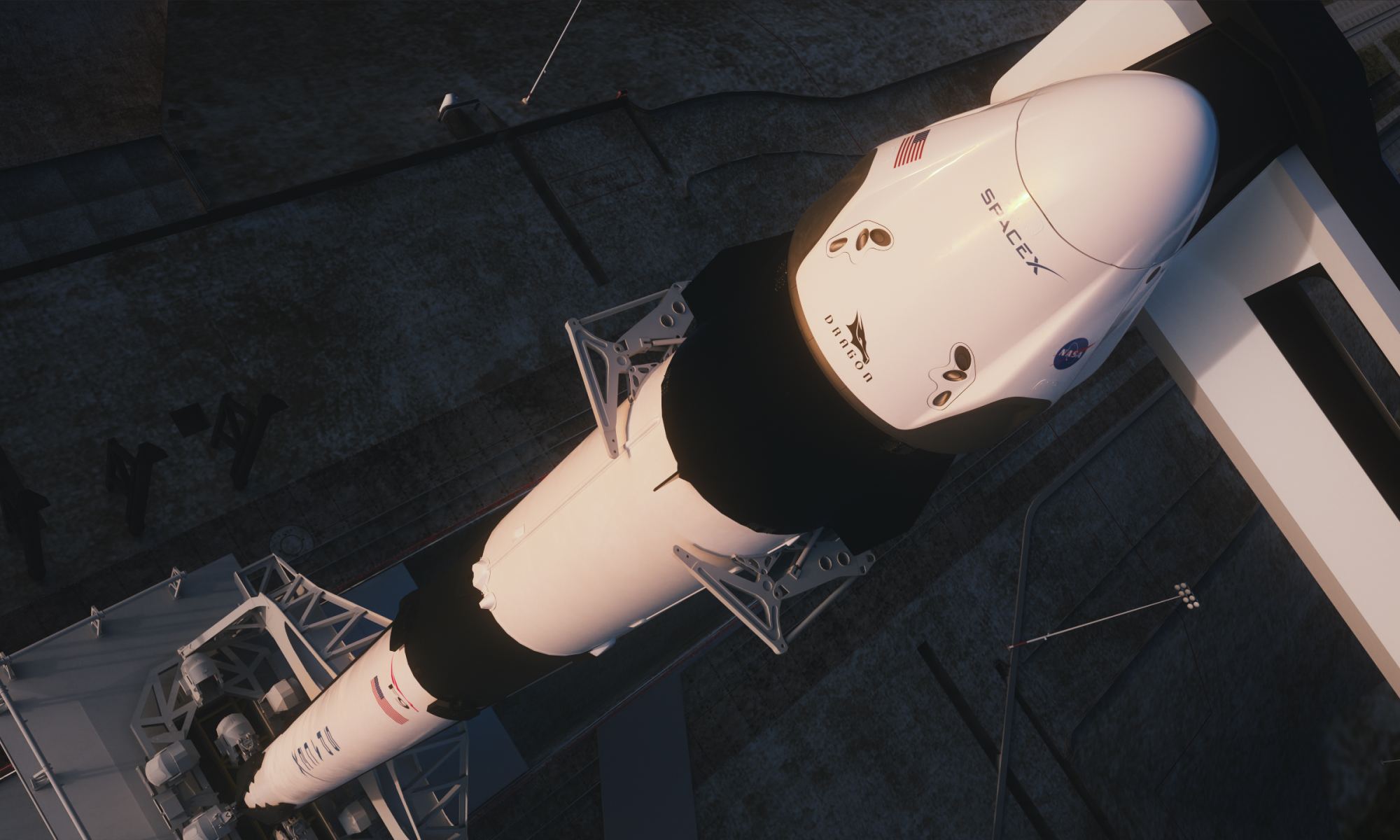As part of their Commercial Crew Development (CCDev) Program, NASA has contracted with aerospace giants like SpaceX and Boeing to provide commercial launch services to the International Space Station (ISS). These services will consist of SpaceX’s Crew Dragon (Dragon 2) and Boeing’s CST-100 Starliner bringing astronauts to orbit in the coming years, effectively restoring domestic launch capability to the US.
To get these spacecraft ready for flight, Boeing and SpaceX have been putting them through rigorous launch tests. Tomorrow morning (Saturday, Jan. 17th), SpaceX will be conducting its final test in preparation for crewed flights. This is the all-important in-flight abort test, which will be live-streamed by NASA TV – will take place at 7:45 AM EST (4:45 AM PST) from Launch Complex 39A in Florida.
This final uncrewed test, which will demonstrate the spacecraft’s escape capabilities in the event of an emergency during launch, is absolutely critical to ensuring that the spacecraft is ready to carry crews and cargo to the ISS. It comes on the heels of last week’s full-duration static fire test with the Falcon 9 rocket (on Jan. 11th) and a static fire test of the Crew Dragon – which took place on Nov. 13th.
There was also the first piloted flight of the Crew Dragon to the ISS, which took place in March of 2019. For this final test, the Falcon 9’s flight trajectory has been plotted to mimic a Crew Dragon mission to the ISS and match the physical environments the rocket and a crewed mission will encounter during a regular flight. The flight trajectory is also expected to cause the Falcon 9 to break up and fall into the Atlantic.
The Crew Dragon, meanwhile, has been configured to intentionally trigger a launch escape about 1 min and 30 seconds into its flight. When this happens, the Falcon 9‘s first stage Merlin engines will shut down and the Crew Dragon‘s SuperDraco thrusters will commence their firing sequence. If all goes as planned, the launch vehicle and Crew Dragon will safely separate from each other.
The spacecraft will then passively rise to the highest point in its flight arc (apogee), where its trunk will separate and the smaller Draco thrusters will engage to re-orient the spacecraft for reentry and parachute deployment. The main parachutes will then deploy, bringing the spacecraft in for a soft landing in the Atlantic Ocean – where SpaceX recovery teams will be waiting to pick it up.
As part of the recovery operation, Air Force Detachment-3 (AFD-3) personnel will be working with the SpaceX team to help locate the Crew Dragon and practice approaching it at sea. This will effectively simulate an actual rescue operation and give the SpaceX crew valuable experience in case they ever have to recover a Crew Dragon capsule with actual astronauts in it.
Prior to the launch, SpaceX and NASA teams will also practice launch day end-to-end operations with NASA astronauts. This will include final inspections of the spacecraft, helping the astronauts strap in, and addressing any last-minute needs (aka. closeout operations). Flight controllers and support teams will also be staged to treat the test as an official launch, thus preparing them for future Crew Dragon missions.
If the test validates the Crew Dragon’s in-flight abort systems, SpaceX and NASA will move ahead with the next phase of testing. Known as Crew Dragon Demo-2, this mission will be the first crewed test flight of the spacecraft. This flight is scheduled to take place this February and will consist of two NASA astronauts (Douglas G. Hurley and Robert L. Behnken) being sent on a 14-day mission to the ISS.
Pending completion of all tests, the Crew Dragon will begin servicing missions to the ISS as part of SpaceX’s Commercial Resupply Services-2 (CRS-2) contract. From ignition to the recovery and return of the Crew Dragon to Cape Canaveral, the in-flight abort test is expected to last 4 hours. Be sure to tune in to NASA TV to watch the test unfold!
Further Reading: NASA

